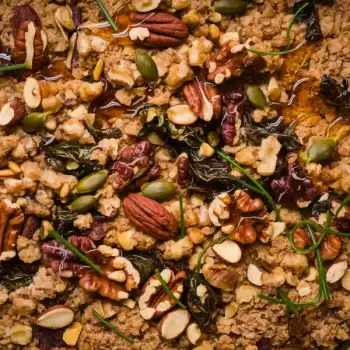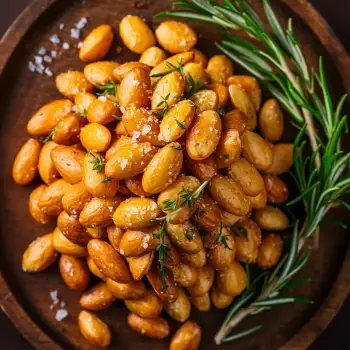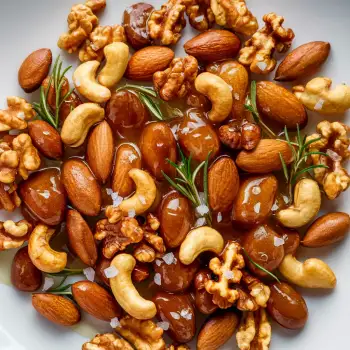


Oil
Extracted from almonds, this oil is used for its subtle, nutty flavor in dressings and cooking.
Whole
Almonds in their natural state, with or without the shell, often used for snacking or garnishing.
Flaked
Thin, flat pieces of almonds, used as a decorative and flavorful element in desserts and other dishes.
Ground
Almonds ground into a fine meal or flour, used for gluten-free baking or as a thickener in sauces and fillings.
Sliced
Almonds that have been thinly sliced, commonly used as a topping for salads, cereals, and baked goods.
Chopped
Roughly cut almonds that are perfect for adding crunch to various recipes or as a component in almond-based crusts.
Roasted
Almonds that have been heated in an oven or on a stove, enhancing their flavor and crunchiness.
Blanched
Almonds that have had their skins removed, resulting in a smooth texture, often used in confectionery and baking.
Slivered
Almonds that have been cut into long, thin strips, ideal for adding texture to dishes and baking.




almond oil: NOW Foods, Spectrum
whole almonds: Blue Diamond, Trader Joe's
ground almonds: King Arthur Baking Company
sliced almonds: Bob's Red Mill, Trader Joe's
slivered almonds: Diamond of California

Soaking: Soaking almonds in water softens them and can help in reducing phytic acid content, which makes their nutrients more bioavailable. Soaked almonds are commonly used in making almond milk or for a creamier texture in smoothies and sauces.
Toasting: Toasting almonds in a dry pan or oven brings out their natural oils and intensifies their flavor. It's a simple yet effective way to add depth to both sweet and savory dishes.
Blanching: Blanching almonds involves briefly boiling them to loosen their skins, which can then be easily removed. This technique is often used when a smooth texture or appearance is desired, such as in confections or almond butter.














